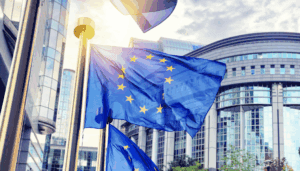Sommaire
LinkedIn Usage by SBF120 CEOs
In a constantly evolving professional world, LinkedIn has become an essential platform for business leaders. However, our recent study on the engagement of SBF120 CEOs reveals a surprising finding: despite their influential positions, these leaders remain relatively inactive on the social network. Let’s explore why!

CEOs with low activity but interesting engagement
The study shows that SBF120 CEOs are not very active on LinkedIn, despite having significant potential. On average, each CEO posts only 41 times, and only 74 CEOs are truly present on the platform. This low activity translates into limited engagement, with the majority of interactions coming from outside (78% of likes). Key points to note include:
- Majority external engagement: 78% of likes come from external users, with little internal engagement (22%).
- Few truly active leaders: Only a handful of CEOs, such as Aiman Ezzat (213 posts), stand out with strong activity, while the majority remain in the background.
- Languages used: English dominates at 54%, followed by French (45%).

CEOs Typology
Most of the SBF120 CEOs' activity on LinkedIn revolves around the company they lead. However, specific patterns emerge, allowing them to be classified into five distinct categories:
1.The Corporate: Corporate CEOs use LinkedIn solely to relay information related to their company, such as partnerships, results, visits, or employee messages. They rarely step outside this framework in their posts. These often generate uneven engagement, with some performing well while others do not.
2.The Human: Human CEOs occasionally step beyond their company’s framework to share personal thoughts or pleasant moments from their lives, as well as spontaneous reactions to current events. Their best-performing posts are those where they express themselves on such topics.
3.The Engaging: Engaging CEOs don’t just relay information but offer a vision through their posts and address societal issues. This generates significant engagement, especially in the comments, where audiences often engage in debate.
4.The Media Savvy: Media-savvy CEOs use LinkedIn primarily to relay their personal news, including interviews, media appearances, or articles mentioning them. However, these posts often do not perform the best on their accounts.
5.The Inactive: These CEOs have either never been active on their account or have been more than occasionally inactive in the past two years. LinkedIn is not a social network they use to communicate with their audience.
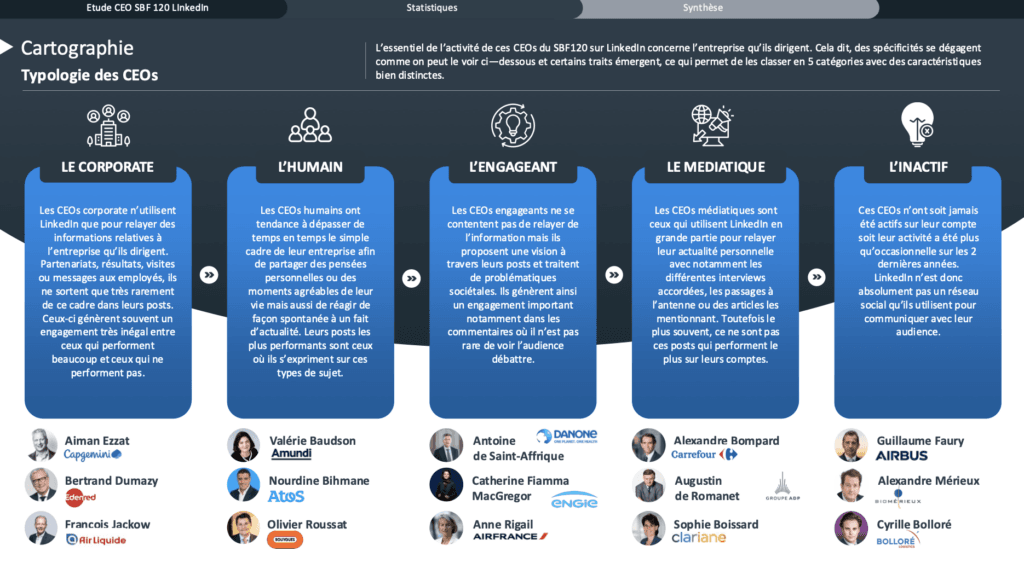
Extremely disparate audiences
From the mapping of CEOs below, it can be observed that:
- Each CEO has their own distinct audience.
- Only the financial, real estate, and construction sectors seem to exhibit a slight sense of community.
- Overlapping audiences among CEOs are low.
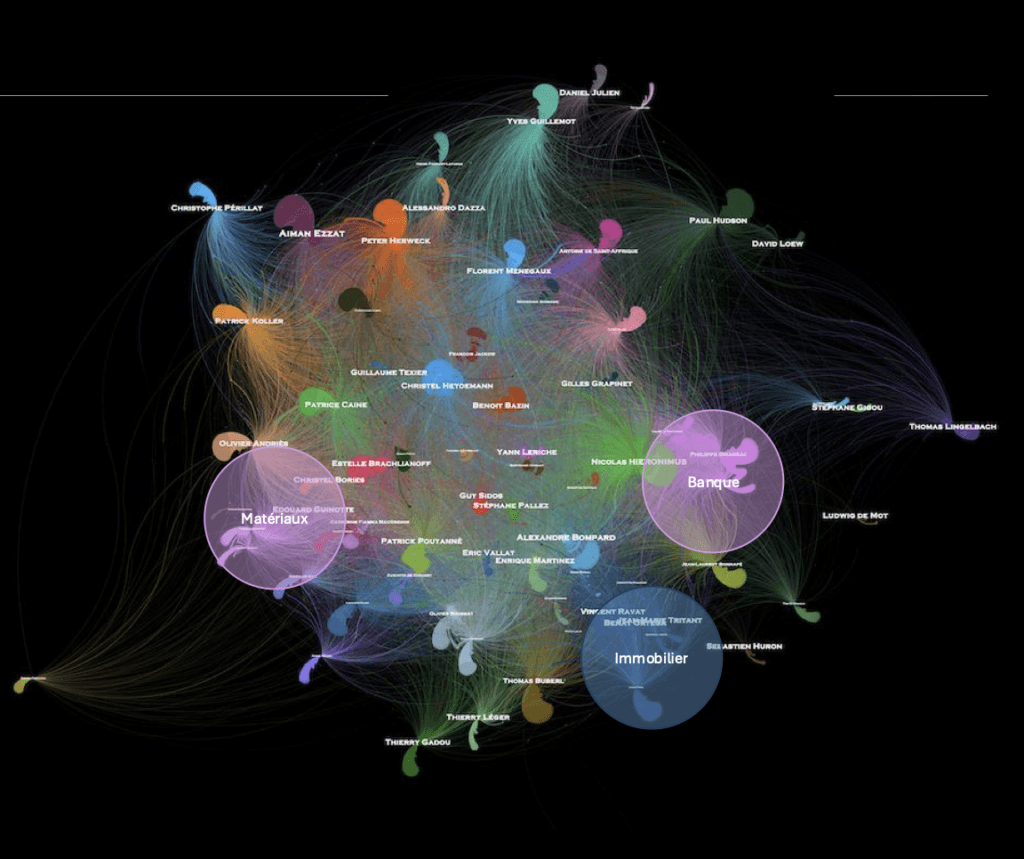
Remember, you are on LinkedIn
LinkedIn is a professional environment with many opportunities, but certain limitations remain. Here are the main points:
- LinkedIn offers a good business environment, with a strong presence across various professional fields. The platform has potential, symbolized as "gold in hand."
- LinkedIn’s algorithm combines elements from networks like X (formerly Twitter) and content platforms like Facebook or TikTok but struggles to connect people. However, its engagement rates far exceed those of X.
- Paying for more visibility is ineffective: follow-up posts are penalized, and advertisements perform worse compared to other platforms.
- Microsoft, LinkedIn’s owner, knows growth hacking techniques but not business needs, and the data collected is of little interest.
- To succeed on LinkedIn, you must exploit the platform by using techniques like scraping, growth hacking, and private messages.
Two Key Insights
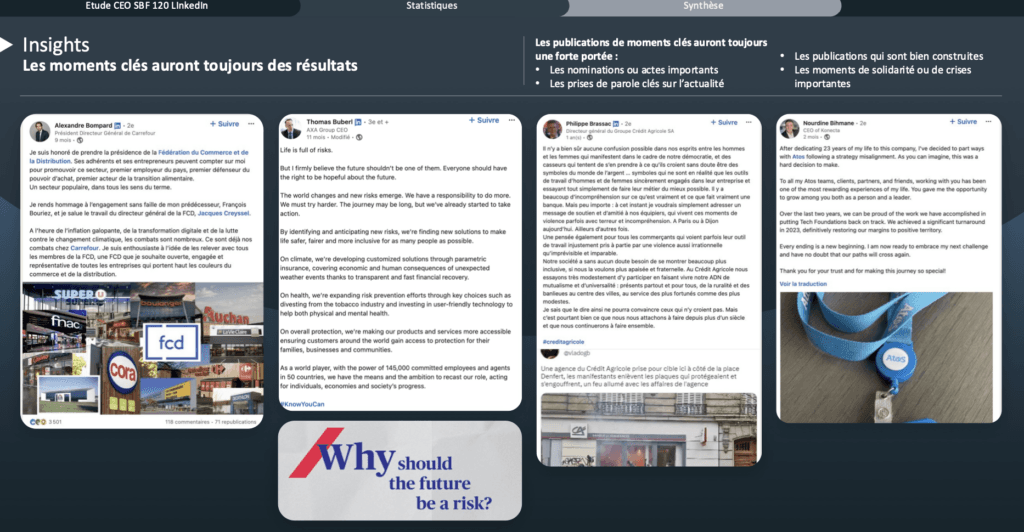
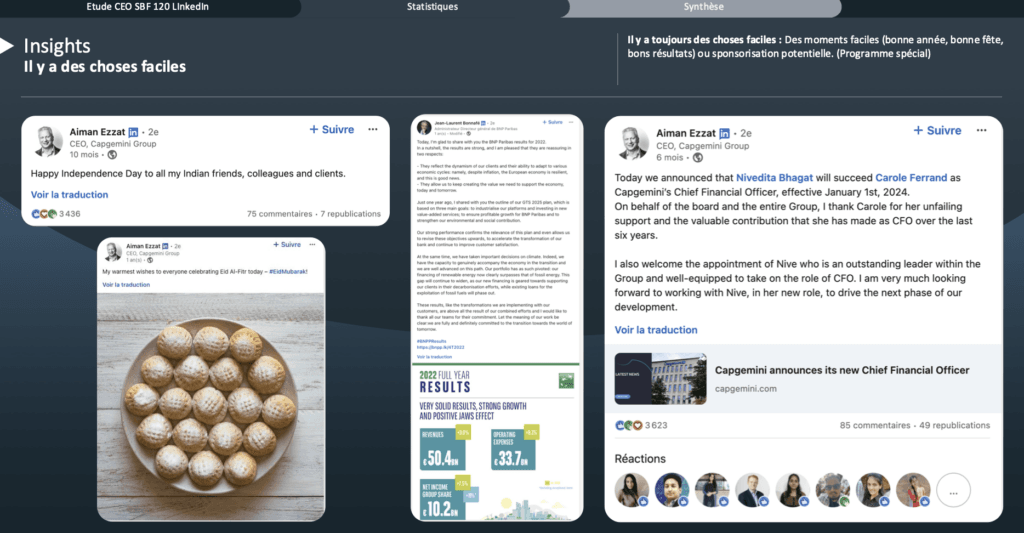
Saper Vedere's Recommendations
Mind your formats: Use formats favored by the algorithm, like photographs. Shares perform poorly, and post duration is important.
Internal posts and “this happened” don’t work: The worst posts are those commenting on events. Since they share other posts, most people are uninterested in this type of content. Prioritize commentary.
Minor errors are not penalized: Paradoxically, the screenshots below performed rather well!
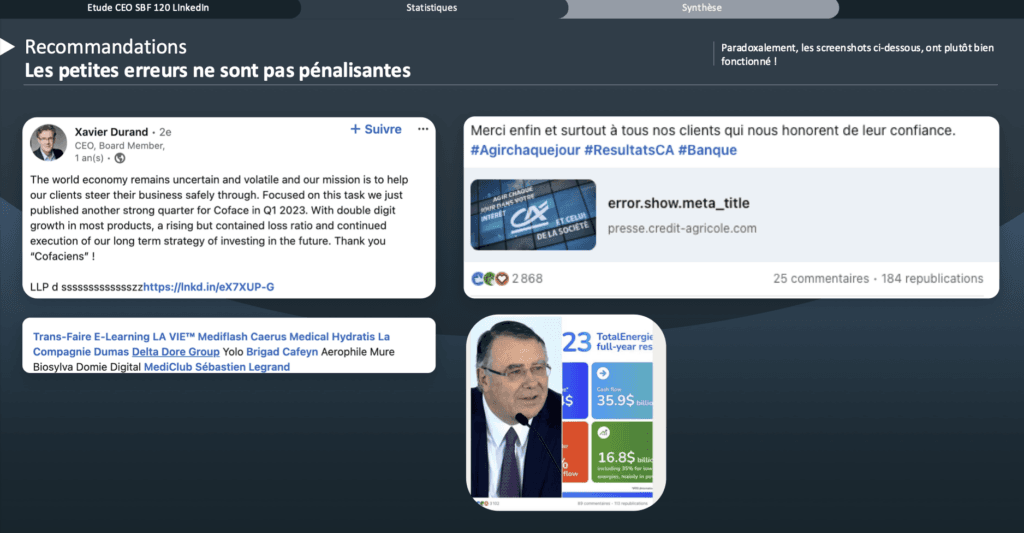
The image is key: Impactful images always perform well. These posts generated a lot of engagement.
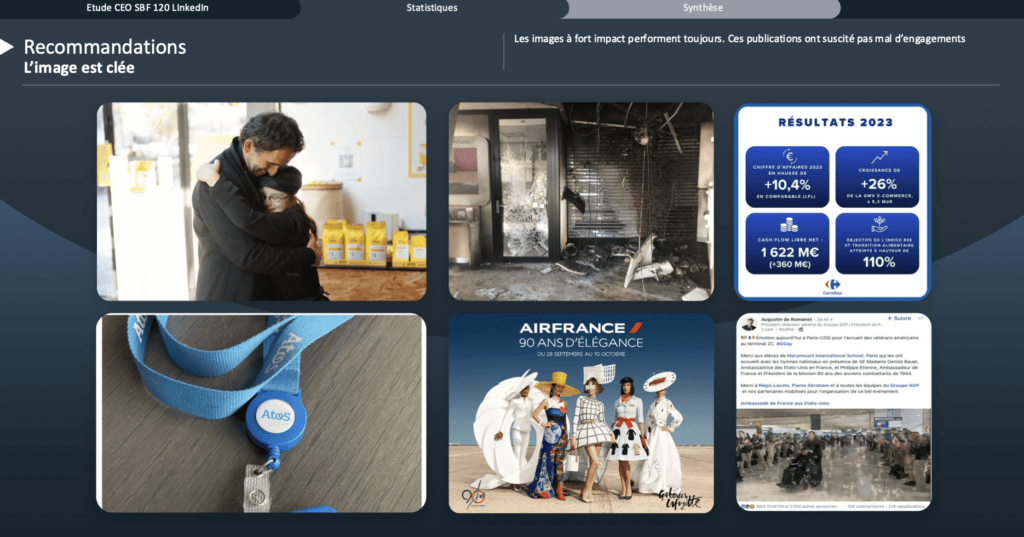
Language management is problematic: Due to LinkedIn's "Look Alike Audience" algorithm, managing languages is very complex, whether using translations in posts or speaking uncommon languages.
Hashtags are useless: Hashtags are unnecessary. Use them only to insert yourself into a campaign (a hashtag) or to categorize your own content (study/curation).
In conclusion
It is crucial to rethink your approach on LinkedIn to avoid common strategic mistakes. First, remember that LinkedIn is owned by Microsoft, which influences its priorities. Contrary to usual recommendations, indiscriminate sharing is a mistake: do so only in a targeted and strategic manner. Additionally, prioritize the use of a single language to ensure clear and coherent communication, and avoid interventions in Polish, which can diminish your impact.
Next, the "bravo mode" is ineffective unless it brings together key players around a success (internals, partners, journalists, etc.). Avoid stereotypical posts like "Martine at this event" or visual clichés like “banana banana,” as they no longer captivate the audience. On the other hand, a well-chosen image often speaks louder than words and should be central to your strategy.
Do not set quantitative goals, but rather realistic managerial objectives to achieve via LinkedIn. Hashtags are useless: this is not Instagram. Finally, remember that fighting the algorithm is futile. Adapt to its updates and adopt the behaviors it favors. Post regularly, as the more you post, the more LinkedIn rewards you with visibility and opportunities.

